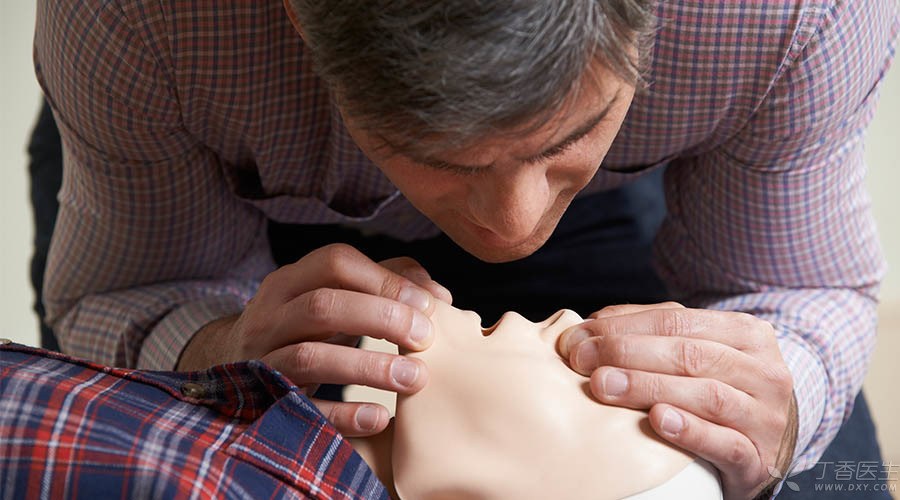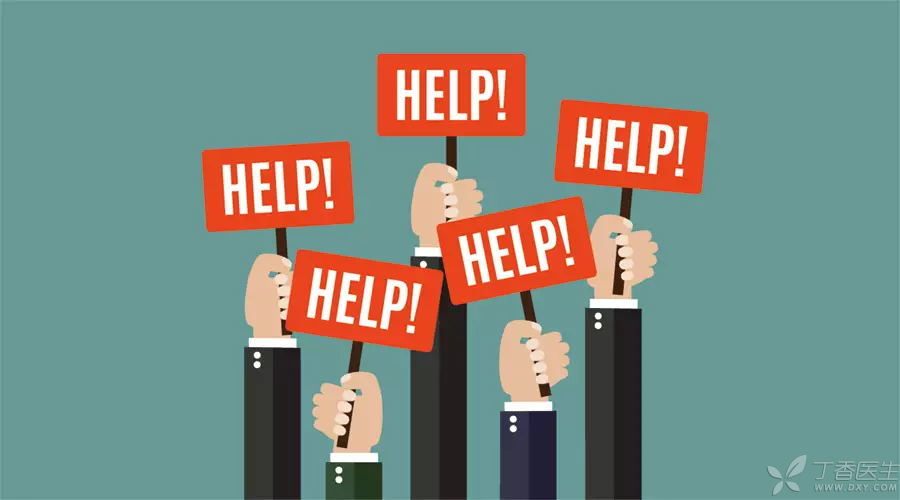
A pregnant woman in Shaanxi died unexpectedly in a busy city not long ago.
According to eyewitnesses, the pregnant woman suddenly fainted, then slipped and fell, and her neck was stuck in the gap between the railings on the roadside. Some people on the roadside tried to pull the railings open but failed. After doctors, firefighters and police officers arrived, they were unable to recover. The pregnant woman fainted, lost control of her body and was stuck. Then she died in full view of the public.
We do not know the true story of the crime, but if passers-by held up the pregnant woman while holding up the head, keeping the cervical vertebra fixed, moving up slowly and breaking away from the railing, cardiac arrest would lead to cardiopulmonary resuscitation, and this person would have been saved.
However, passers-by are either afraid of taking responsibility or have nothing to do. After all, they are unable to recover.
What is the reason why the people present are helpless?
First, life and death cannot be identified.
When someone loses his response, few onlookers can quickly and correctly identify the life and death of the fallen person. They always feel that there may be better and more appropriate ways to help the fallen person. Missed the best first aid opportunity.
Second, I always want to rely on doctors or professionals.
In the domestic public awareness, in case of injury, the first time to call the emergency phone, and then wait for an ambulance, is the whole content of first aid. For a patient with chest pain, this is a good way. However, it is not necessarily the case for cardiac arrest, which is likely to be the process of waiting for death.
Third, the misunderstanding of thinking under emergency response.
When a pregnant woman is stuck on a railing, people think of breaking the railing to detach, not moving up to detach. Of course, it is also possible to break the railing is a safer and less responsible plan for rescuers, while moving up may harm the injured. However, it seems that the safe plan is inefficient.
Fourth, the concern of being held accountable.
Moving up from the need to contact the injured body may cause skin abrasions and even cervical spine injuries. Based on the imperfection of the law and the concern of being held accountable, this most efficient approach has obviously been rejected by onlookers. In fact, only the living have the opportunity to consider cervical spine injuries. Even life is gone, where is the cervical spine placed? For the human body, there is no greater or more serious injury than death.

People are socialized animals, but socialized aggregation sometimes does not increase our ability to deal with danger, but to some extent hinders our correct response to save the same kind of instinct. However, the process of law always lags behind the solution of the problem, and the loss of life in this process is regrettable.
Helping others is our social instinct. Because the first aid process at this time is often involving many people at the same time. In addition, we might as well think about it. If our relatives encounter such unfortunate events, will we expect onlookers to do their best to save them? The answer, of course, is yes.
The reason why no one offered a helping hand, Naturally, it is closely related to the failure to protect the legitimate rights and interests of rescuers. This is a kind rescue, However, it is undoubtedly a social tragedy to shrink back because they are afraid of taking the legal risks brought about by this. After the incident, a news report quoted [two doctors] as saying that the public should call emergency calls in case of similar situations, wait for professional rescue, and do not pull the injured to avoid causing neck nerve injury…
I’m afraid I don’t agree with this view.
There is no mistake in pursuing standardization of technology. However, after an emergency, many professionals cannot come to the scene in the prime time of first aid, so that they miss the best rescue opportunity. At this time, they warned the masses to watch and not to start rescue, which is obviously a way to abandon the original and pursue the end.
Of course, the two [professionals] mentioned in this news report may only represent their personal views. However, whether this view represents the mainstream attitude of the first aid profession is a matter of opinion.

No matter the public, journalists or doctors, they may make mistakes in the logical thinking of first aid.
We tend to choose to make emergency calls, call firefighters and break the railings. These may be the safest methods for rescuers, but from the perspective of patients’ interests, they are probably the wrong methods.
For this pregnant woman case, the first aid method of lifting and moving up and out of the railing may be risky or even life-threatening, but at this moment it is a life-saving method.
By the way, some people say that the pregnant woman’s neck should be twisted from left to right to front to back so that the carotid artery blood flow on both sides can be unblocked.
I think this is a stupid idea that can no longer be stupid.
Editor’s Note
In fact, every doctor should improve his first aid knowledge and professional ability, and actively popularize first aid knowledge to the public, so that knowledge can circulate in different disciplines, so that everyone in society has the ability to lend a helping hand.
Many countries have clear laws and regulations for rescuing compatriots whose lives are in danger in public. Most of them also encourage people to carry out rescue on the spot without waiting for professionals to arrive. And the legal responsibility caused by the failure of rescue does not need to be borne by the rescuer. Such laws and regulations are commonly referred to as [first aid exemption] laws and regulations.
In recent years, many cities in our country have tried to push forward the formal establishment of this law, and many NPC deputies have also proposed in their proposals that goodwill and free emergency rescue should be exempted from liability. If the relevant departments can improve the laws and regulations on public first aid, they can also let the onlookers lend a helping hand with more confidence.
It is not only the responsibility of Clove Garden, but also the responsibility of every medical worker to continuously promote the popularization of first aid knowledge, improve the allocation of first aid facilities in public places, and at the same time promote the legislation of first aid exemption regulations.
